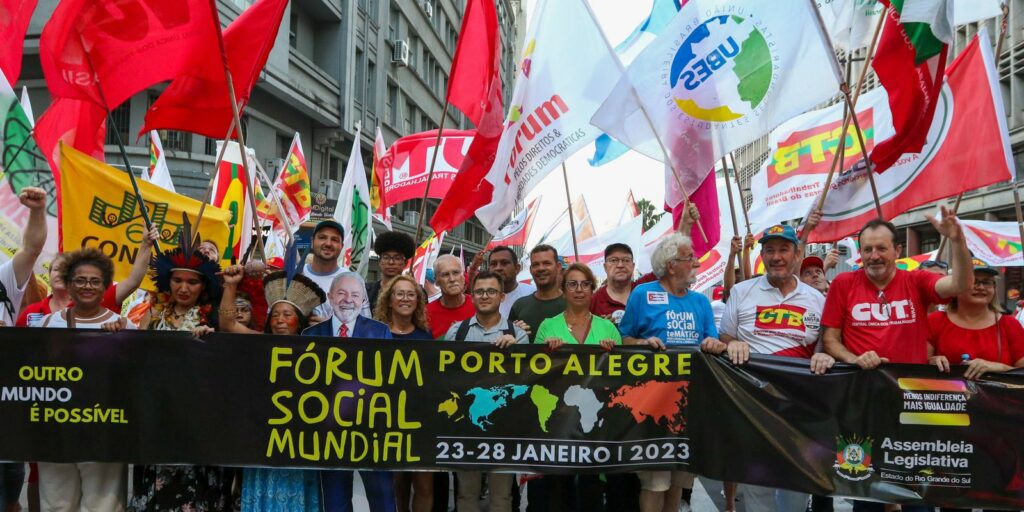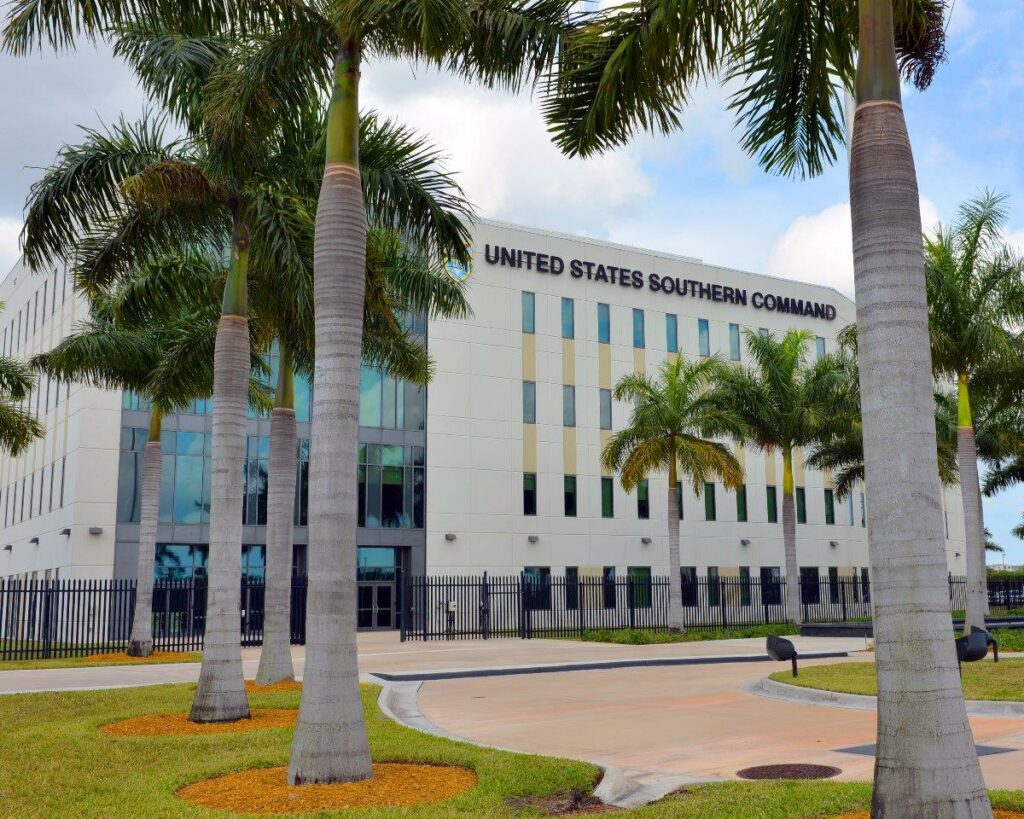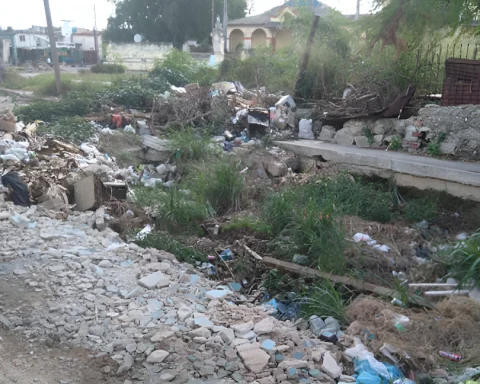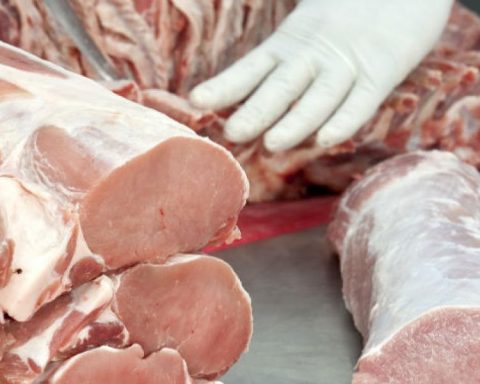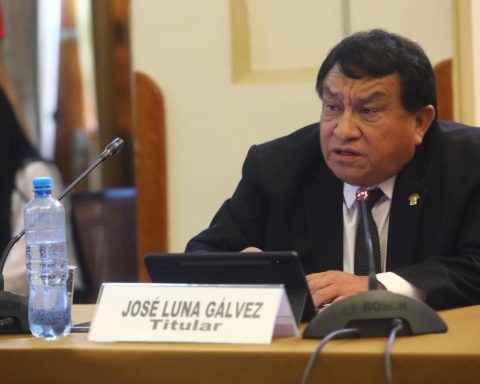With an interannual inflation corresponding to 94.8% during the course of 2022 and the arrival of the deadline for the Government agreement with the companies of mass consumption items called Fair Pricesthe Ministry of Economy has already begun the negotiation to relaunch the program that will end on February 28 and that its second version would begin on March 1.
The first edition of government plan agreed with the companies Fair Prices, It had the freezing of the prices of at least 2,000 products, including drinks, food, personal hygiene items, and cleaning, since November 11. In addition, this agreement allowed the increase in value of another 30,000 items of the aforementioned items by up to 4% per month, providing a margin of predictability for consumers.
Later, they were added to Fair Prices the items of fuel, footwear and clothing, leather goods, strategic inputs for the industry, pharmaceuticals and construction materials, again demanding increases that have a limit of 4% per month. Within this framework, the Minister of the Economic Portfolio, Sergio Massa, hastens talks with mass consumption companies to relaunch the Program and freeze prices again.
In this new instance, Massa tries to increase the products that are not frozen, but closer to 3 than 4%, so that inflation resumes the path of deceleration which occurred in the months of October and November (4.9%), but increased again in December (5.1%). The Government, in turn, demands a correct supply of the products that make up Fair Prices, which to date has registered 67% compliance.

The gap between supermarkets and neighborhood stores
Measure, Fair Priceswas agreed only with the large supermarket chains (and representatives of the other sectors mentioned), so neighborhood stores and kiosks, which are not in any program and have less bargaining power, have a price difference every greater than the large mass consumption complexes.
As if that were not enough, the matter becomes more serious when concluding that, due to the agreement that sets the prices, The most affected are the citizens who receive lower income, since they do not usually have the means to access the supermarkets and hypermarkets contemplated in Fair prices.

This expanding gap, in its most extreme cases, has a difference in value of its products corresponding to 167%, although the average is usually between 22 and 38% more expensive to purchase items outside of Fair Prices. This consequence of the program was warned by the former Vice Minister of Economy, Emmanuel Álvarez Agis, who expressed that “this price program, which may perhaps be consistent, is not in those places (proximity businesses).












